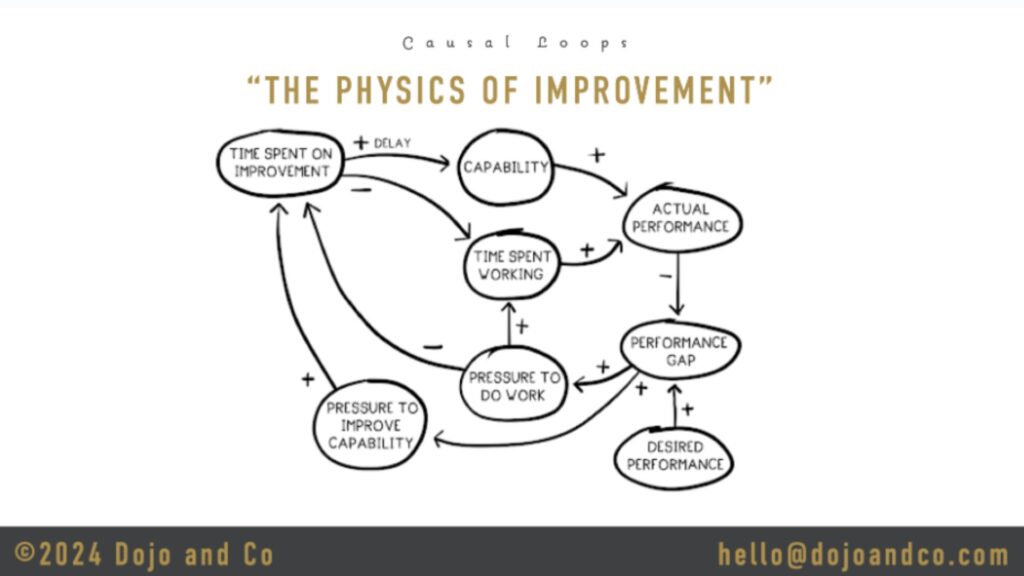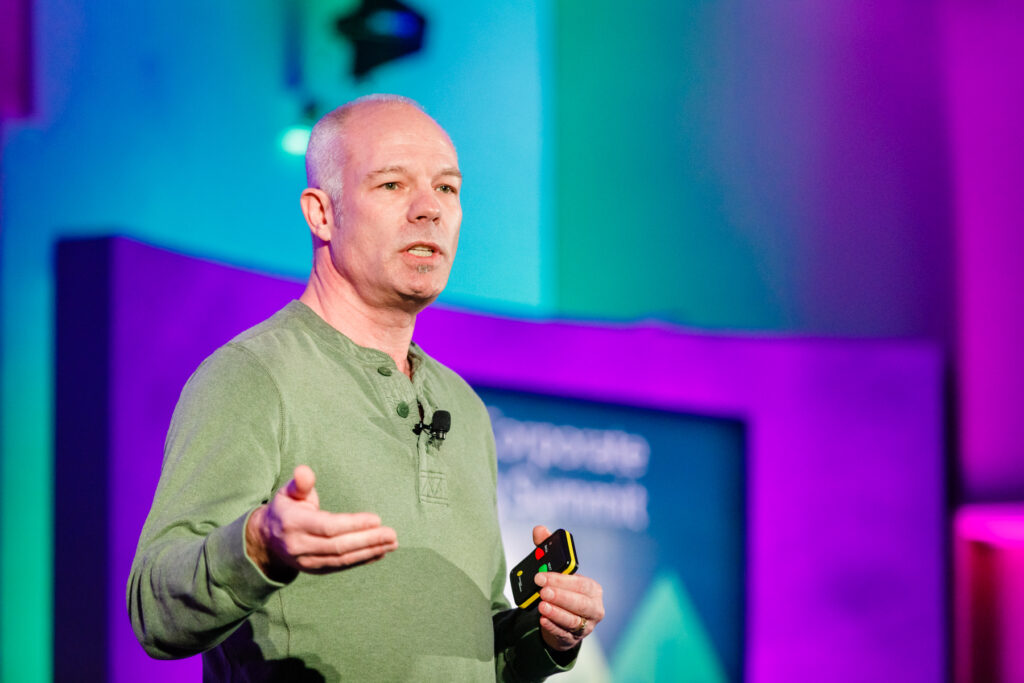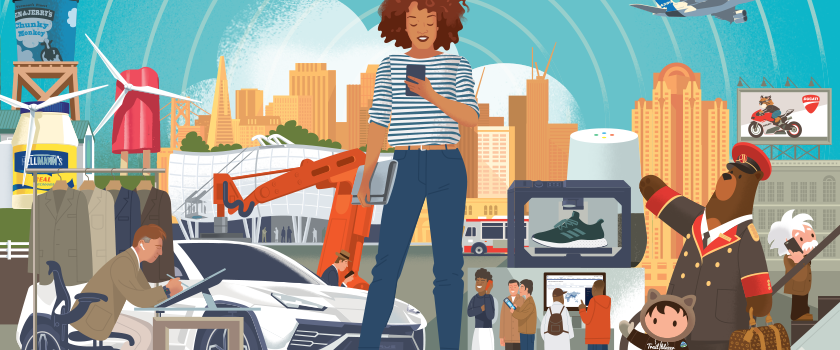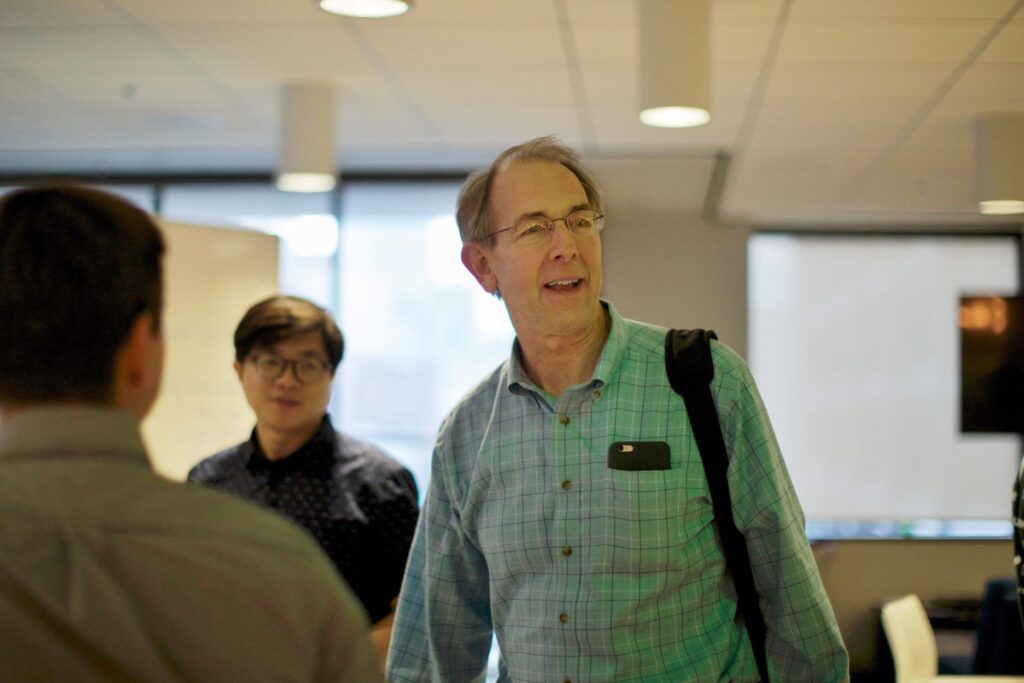Overview
Learning ecosystems within organizations are large and complex, yet critical for working towards innovation.
Every month, PlusPlus gathers together leaders working at the intersection of technical training and learning and development for the TechKnowCon Roundtable to explore topics top of mind for the industry.
Allen Interactions builds adaptive organizations through research-backed learning and technology and was one of the two organizations to present their ideas at the July 2020 discussion. Here, Mike Hruska, innovation coach at Allen Interactions, shares a series of tools organizations can use to transform their L&D processes proactively.
Adaptive learning organizations
Mike explains that there are ten principles organizations can strive to embody when working towards being adaptive:
- Put people first
- Use ecosystems thinking
- Think about connective collaboration
- Use purpose and value-driven design
- Become problem seeking
- Use data to inform strategy
- Value the perception of L&D
- Listen to ideas and feedback
- Focus on outcomes
- Think of technology as a component, not a solution
He adds that both leaders and individuals can assess their progress towards becoming an adaptive organization using an Allen Interactions scorecard. Organization leaders can also use the scorecard to gauge the perception of their growth within their teams.
The learning ecosystem canvas
Mike defines a learning ecosystem as a place where people, processes, analytics, and experiences are aligned and supported with technology surrounding or empowering the business strategy.
“Alignment of each of these elements in a learning ecosystem is a big dragon,” Mike says.
To simplify bringing everything together, Mike and his team have designed a learning ecosystem canvas, based on the business model canvas.
“Much like the business model canvas, you start by questioning the value proposition you wish to deliver to your learners,” Mike explains.
The chart also includes sections to generate ideas using the following prompts:
- Learner relationships
- Activities
- Learner segments
- Channels
- Partners
- Resources
- Value metrics
- Investment drivers
“This structure helps teams to question the concept of learning ecosystems in a visual and collaborative way,” he says.
“It gives teams something to visualize all the dependencies of a complex adaptive system in a single place.”
Mike adds that once a team has put a learning ecosystem canvas together, they can use and refer back to it as needed.
“You can start to establish priorities within and between elements of the ecosystem, and try to illuminate connections. You can identify gaps associated with planning.
“This system works at any scale for any organization and helps to identify the potential for the future. It allows teams to find potential breakthroughs.
“It’s an exercise you can do with a team in a thirty minute to one hour sprint, which you can persist with and iterate. You can use it as a guiding light for analyzing what you’re doing today.”
Inspiring innovation
Mike’s team has also developed an innovation building block tool which allows organizations to look at three focus areas:
1. Configuration
“If you look at your L&D organization and think about it inside a fence, what is the structure and process that you are using to do the work you are doing?”
“How are you reaching outside that fence to create value?”
2. Offering
“What are the distinguishing features and functionalities of your ecosystem? You might know what it is today, but what about in the future?”
3. Experience
- “What can you do to amplify the value you have?”
- “What are the channels you might use in the future that you haven’t considered yet?”
- “How do you amplify your brand?”
- “How can you build learning to be an indispensable part of the employee experience? Employee experience drives customer experience.”
- “How do you get engaging learner interactions so that people are hungry for what it is you have to develop?”
Bill Aulet, professor at MIT and managing director of the Martin Trust Center for MIT Entrepreneurship, shaped Mike’s understanding of how to innovate. Aulet unpacks innovation mathematically: Innovation = invention x commercialization
A model found in the book Ten Types of Innovation: The Discipline of Building Breakthroughs also influenced the building block resource.







